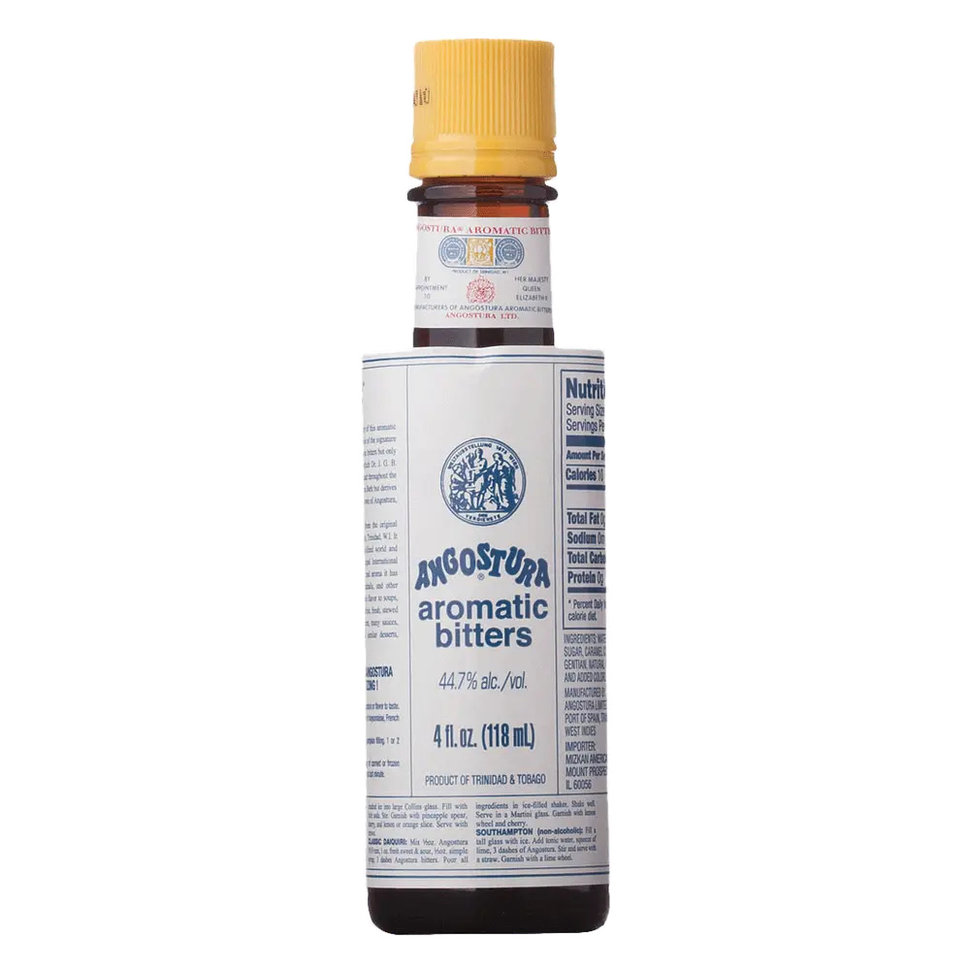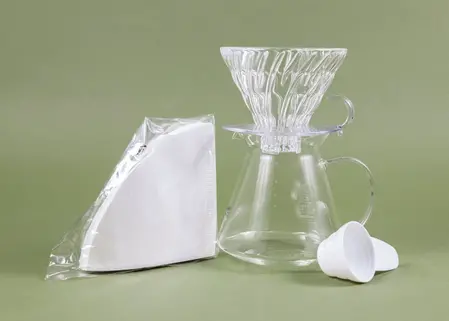Whisk Sips Video Cocktail Series featuring Angostura Bitters

Closely Guarded Secret
Angostura Bitters contain over forty ingredients. Because of their unique blend of rare tropical herbs and spices, the recipe is a closely guarded secret. Only five people in the entire world are said to know the entire recipe in full.
Angostura History
Developed in 1824, Angostura bitters were originally created as a stomach tonic by Dr. Johann Gottlieb Benjamin Siegert, a German Surgeon General in Simón Bolívar’s Venezuelan army. It has been almost 200 years since their creation. Even still, many people use Angostura to sooth an upset stomach even today. Eventually they became popular for use in soda water, and they were also often served with gin.
Angostura won a medal at the Vienna World’s Fair in 1873. Their oversized label still depicts this prestigious medal to this day. The opposite side of the label shows Emperor Franz Joseph I of Austria in profile.
Using Angostura at Home
Today, Angostura bitters are probably the most popular cocktail bitter in the world. In fact, it’d be a challenge to find a bar or restaurant that doesn’t have a bottle of these bitters behind their bar. Most classic whiskey cocktails use some form of aromatic bitters, and classics like the Old Fashioned and the Manhattan wouldn’t be the same without them. They’re also versatile enough to shine in new creations like the Jam-Hattan recipe that you’ll find below.
The “Jam-Hattan”
2 oz good rye whiskey
1 oz sweet vermouth
1 tablespoon cherry jam
2 to 3 dashes angostura aromatic bitters
1/4 teaspoon rose water
garnish with 1 or 2 Luxardo maraschino cherries, if desired
Combine the whiskey, vermouth, jam, bitters, and rose water in a cocktail shaker with plenty of ice. Be careful not to add too much rosewater or it can overpower the drink. Shake shake shake the cocktail until the shaker is ice cold and frosty on the outside, a good minute or so. Strain over ice into a rocks glass, and garnish with Luxardo maraschino cherries if desired.




